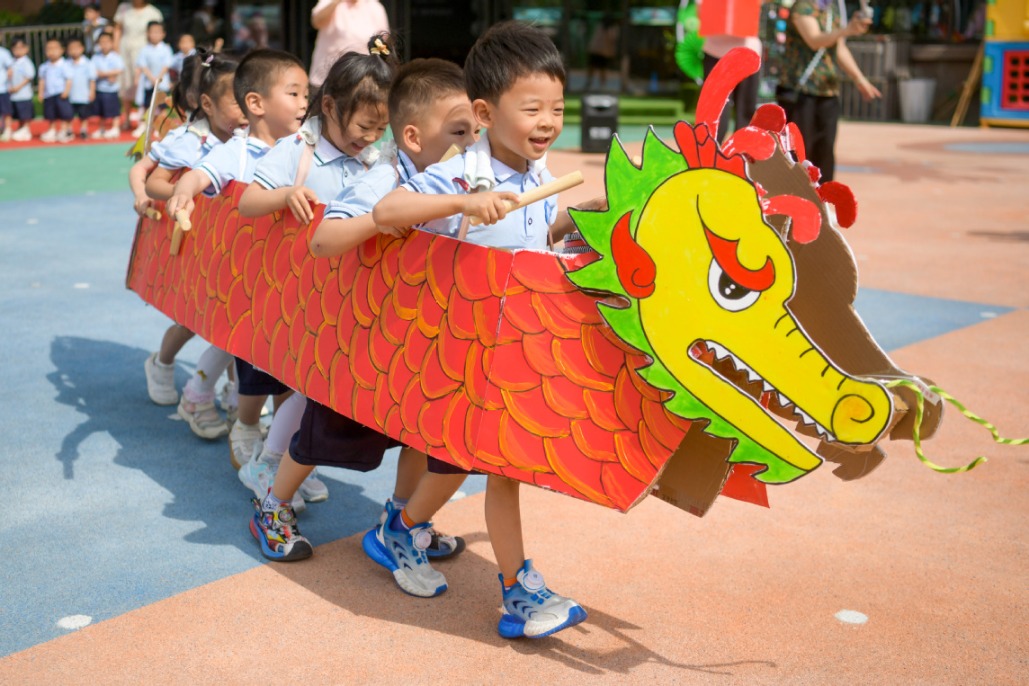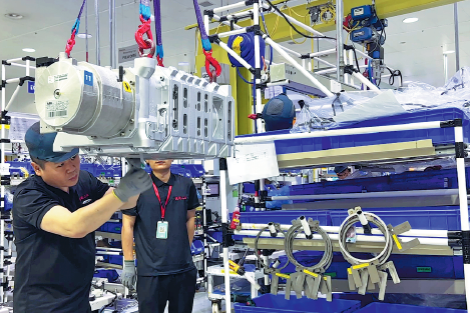Lebanese bank on know-how for grapes

BEIRUT — Since the Grape Bank was established six years ago, Aref Mghames believes growing grapes has become a more promising business in Lebanon.
"It feels both encouraging and reassuring to have a reliable consultant that we could turn to whenever we have problems in tending the vineyards," Mghames, head of the vineyard farms organization in eastern Lebanon, told Xinhua News Agency.
The Grape Bank project, which organizes agricultural seminars and practical field exercises on grape cultivation, provides Lebanese farmers with the know-how on planting, irrigation, pruning, pesticides use as well as picking, packaging and preserving.
The first such project was launched in Kfar Mishki, a small mountain village in the Rashaya district in central Lebanon, by the municipality in cooperation with the agriculture and environment ministries.
Occupying a field of more than 5,000 square meters, the project has about 210 grapevines belonging to more than 72 species, said Kamal Saiqali, head of the Kfar Mishki municipality.
Most Lebanese farmers know about five to eight types of grapevines, said Saiqali, adding that the bank is open to all farmers who wish to learn how to grow different types of grapevines.
The project also cooperates with international organizations to provide expertise, modern techniques and equipment that not only help to improve cultivation, but also reduce production cost by 30 percent.
Jamal Hamdan, a farmer in Kfar Mishki, said the initiative was "a light of hope" for those who rely on their vineyards for a living.
"Experts teach us to package the grapes according to the international packaging specifications, and help us grow ripe grapes free from any distortions by spraying at specific times and with good pesticides," Hamdan told Xinhua.
"Our grapes can now compete with produce from American and European countries in quality."
Saiqali said the grapevines in Kfar Mishki have a rich history.
"With the grapevines occupying 70 percent of its land area, it is regarded as the Lebanese village with the biggest amount of grape production, generating between 4,000 and 6,000 metric tons of the finest grapes," he said, adding that the grapes are exported to many Arab countries, as well as the United States and Canada.
Xinhua
Today's Top News
- China refutes baseless accusations at Shangri-La Dialogue
- Xi on inheriting and promoting China's traditional culture
- Xi's Quotes: Chinese wisdom on love for family and nation
- Xi's article on building China into leading country in education to be published
- Smart tech turns pet industry into gold mine
- Innovation behind China's 'egg freedom'






























